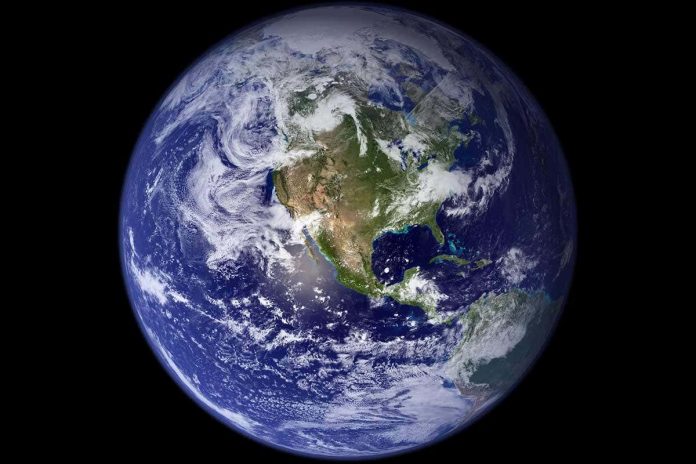New research has allowed geoscientists to show the uninterrupted movement of Earth’s tectonic plates over the past billion years for the first time, which will help us understand how plate tectonics provides a planetary life-support system.
Geoscientists have released a video that for the first time shows the uninterrupted movement of the Earth’s tectonic plates over the past billion years.
The international effort provides a scientific framework for understanding planetary habitability and for finding critical metal resources needed for a low-carbon future.
It reveals a planet in constant movement as land masses move around the Earth’s surface, for instance showing that Antarctica was once at the equator.
The video is based on new research published in the March 2021 edition of Earth-Science Reviews.
Co-author and academic leader of the University of Sydney EarthByte geosciences group, Professor Dietmar Müller, said: “Our team has created an entirely new model of Earth evolution over the last billion years.
“Our planet is unique in the way that it hosts life. But this is only possible because geological processes, like plate tectonics, provide a planetary life-support system.”
Lead author and creator of the video Dr Andrew Merdith began work on the project while a PhD student with Professor Müller in the School of Geosciences at the University of Sydney. He is now based at the University of Lyon in France.
These plates move at the speed fingernails grow, but when a billion years is condensed into 40 seconds a mesmerising dance is revealed.
Dr Sabin Zahirovic
Co-author, Dr Michael Tetley, who also completed his PhD at the University of Sydney, told Euronews: “For the first time a complete model of tectonics has been built, including all the boundaries”
“On a human timescale, things move in centimetres per year, but as we can see from the animation, the continents have been everywhere in time. A place like Antarctica that we see as a cold, icy inhospitable place today, actually was once quite a nice holiday destination at the equator.”
Co-author Dr Sabin Zahirovic from the University of Sydney, said: “Planet Earth is incredibly dynamic, with the surface composed of ‘plates’ that constantly jostle each other in a way unique among the known rocky planets. These plates move at the speed fingernails grow, but when a billion years is condensed into 40 seconds a mesmerising dance is revealed.
Earth scientists from every continent have collected and published data, often from inaccessible and remote regions, that Dr Andrew Merdith and his collaborators have assimilated over the past four years to produce this billion-year model.
It will allow scientists to better understand how the interior of the Earth convects, chemically mixes and loses heat via seafloor spreading and volcanism. The model will help scientists understand how climate has changed, how ocean currents altered and how nutrients fluxed from the deep Earth to stimulate biological evolution.
Professor Müller said: “Simply put, this complete model will help explain how our home, Planet Earth, became habitable for complex creatures. Life on Earth would not exist without plate tectonics. With this new model, we are closer to understanding how this beautiful blue planet became our cradle.”
Key points:
Plate tectonics are responsible for the deep-carbon and deep-water cycles.
Arrangement of continents has changed sea level in the past.
The evolution of life is modified by tectonics – continents are rafts with evolving species that mix when continents combine.
A growing focus on renewable and low-carbon technologies will mean we need to find more copper and other resources. To find these deposits our new models of plate tectonics will help reduce the environmental footprint of mineral exploration and extraction.
Declaration
The EarthByte Group at the University of Sydney is supported by the Australian Research Council. Other support for the research came from the National Natural Sciences Foundation of China; the European Research Council; Agence Nationale de la Recherche of France; Alfred P. Sloan grants through the Deep Carbon Observatory; the Richard Lounsbery Foundation; the AuScope National Collaborative Research Infrastructure System (NCRIS) program.
“Oceans open and close, continents disperse and periodically recombine to form immense supercontinents.”















